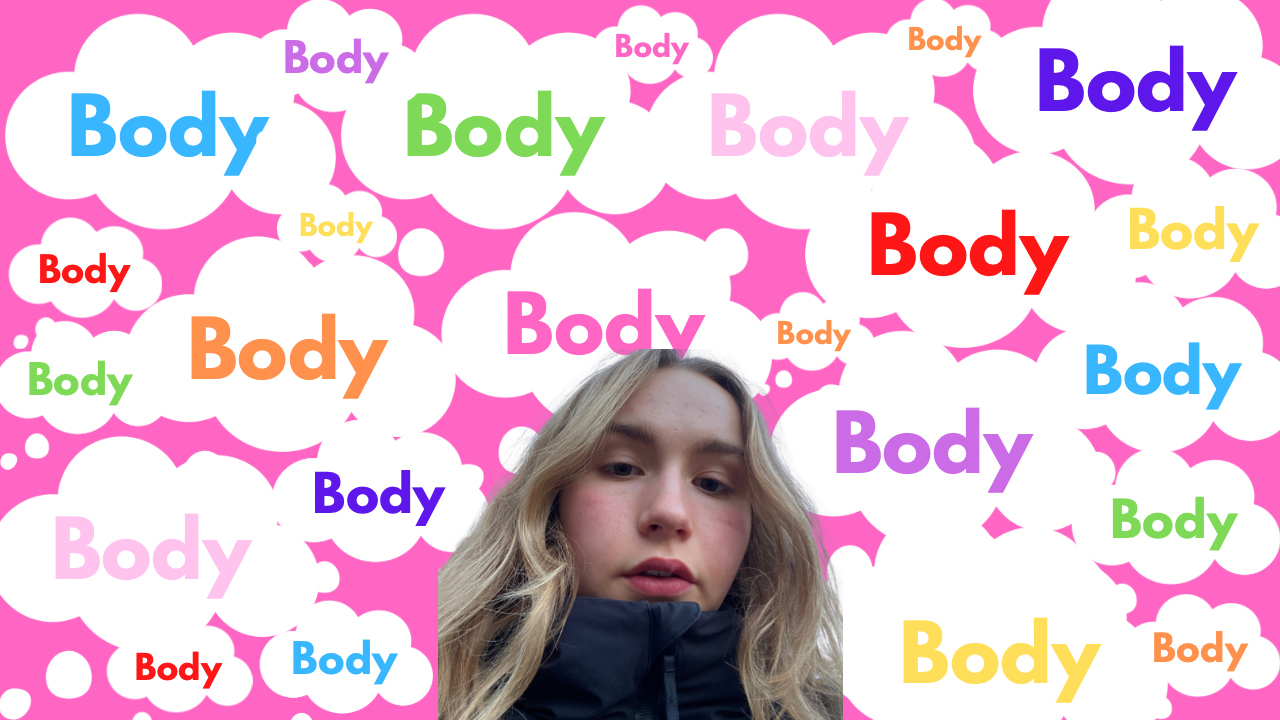Is body positivity making us more body conscious?
Women’s bodies are under constant scrutiny, both externally and inside our own heads. They take up so much of our brain space, as well as so much of the media’s coverage, and whilst the detrimental impact of negative commenting on women’s bodies is slowly becoming more understood, the obsessive focus on them remains the same.
Body positivity, as a socio-political concept, began in the 1960s with the Fat Liberation Movement and the founding of the NAAFA (National Association to Advance Fat Acceptance) in New York. A movement started by fat folks, built upon fighting against their poor treatment within the workplace, health care system and everyday life. It was also, despite being 1960s America, inclusive of all races (though some black activists have since reported that whilst members of colour were, for the most part, welcomed into the movement, they weren’t always listened to, or taken seriously by their white counterparts).
Since its origin, body positivity has become increasingly mainstream. In some ways, this is extremely…well, positive, as it’s liberated so many women from the shame they have been made to feel as a result of their bodies, and given them permission to take pride in themselves, in a capitalist world that wants to keep women insecure. On the other hand, in becoming so widely adopted, the concept has been diluted and has somewhat lost touch with its roots. Rather than being a safe space for those in fat bodies to organise and empower one another, it’s become a social media hashtag, predominantly used by white, small, straight-sized women, who want to gain brownie points for ‘authenticity’ on their instagram pages. Whilst it is important to call out the filtered illusion of perfection we see on our feeds, the Fat Liberation Movement was not intended to enable socially accepted size UK 8 women to post themselves excessively hunched over in an effort to create belly rolls.
It’s a bit of an insult for those in larger, more marginalised bodies, to see people who, most likely, have no issue with getting a job, being discriminated against, or buying clothes as a result of their body size, thriving and building mini empires on social media on the back of a body positive hashtag. So, instead of furthering fat liberation, we’ve wound up with the ironic reality that fat folks have been made to feel excluded by their own movement. In fact, many fat activists feel so disillusioned with the body positive hashtag, that they have disowned it, and instead chosen to use the hashtags fat liberation and fat acceptance, as these feel more aligned with their message.
I’m not saying that women in straight-sized bodies shouldn’t post unposed, unfiltered pictures of themselves online. My god do we need as many truthful depictions of the female body as possible to counter-act the false and unachievable beauty standards placed on women, but it’s important to remember that a fat woman posting the very same unposed, unfiltered pictures, is far more likely to be told to “stop promoting obesity”, rather than be praised for her authenticity and “realness”.
Another thing about the modern rendition of body positivity that slightly grinds my gears, is the fact that, by definition, our bodies and appearance remain the focus point. Don’t get me wrong, it’s great to normalise normal fucking bodies, but given that women are conditioned to constantly worry about their bodies above all else, shouldn’t the end goal be to think about our bodies less, not more?
I wonder whether having our feed filled to the brim with pictures of bodies, even if they are there to candidly display parts of our bodies that society perceives as grotesque and unappealing, actually just ends up keeping the appearance of our bodies at the forefront of our minds, when, in reality, there are much more important, not to mention more exciting, things to think about.
The popularity body positivity has gained has also allowed companies to use it as an effective marketing tool. Playing the inclusivity card is a go-to advertising tactic, whether the companies actually operate with inclusivity in mind behind the scenes or not. Straight-sized models have reported being asked to wear padding under their clothes on promotional shoots to appear more ‘plus-size’, whilst maintaining the desired ‘chiselled face’ we see on billboards. There have also been reports of brands making bespoke plus-size outfits for token larger models on ad campaigns, whilst not actually stocking those larger sizes for public sale…You know what they say, sex and activism sells…
It’s a complicated discussion, and even I, as the author of this blog, am left feeling a bit lost. If we can’t trust the false, unattainable and edited versions of the female body on our feeds, and we can’t trust the more realistic, raw and unfiltered versions either, then what the fuck can we trust? How can I possibly accept my cellulite and stretch marks if I don’t have an influencer telling me I’m allowed to?!!!
I know, it’s hard to imagine a world for women where what our bodies look like doesn’t take up so much real estate in our heads - but I think that would be the ideal solution. Not thinking about them quite so much, and therefore not basing our worth on how they look quite so much.







